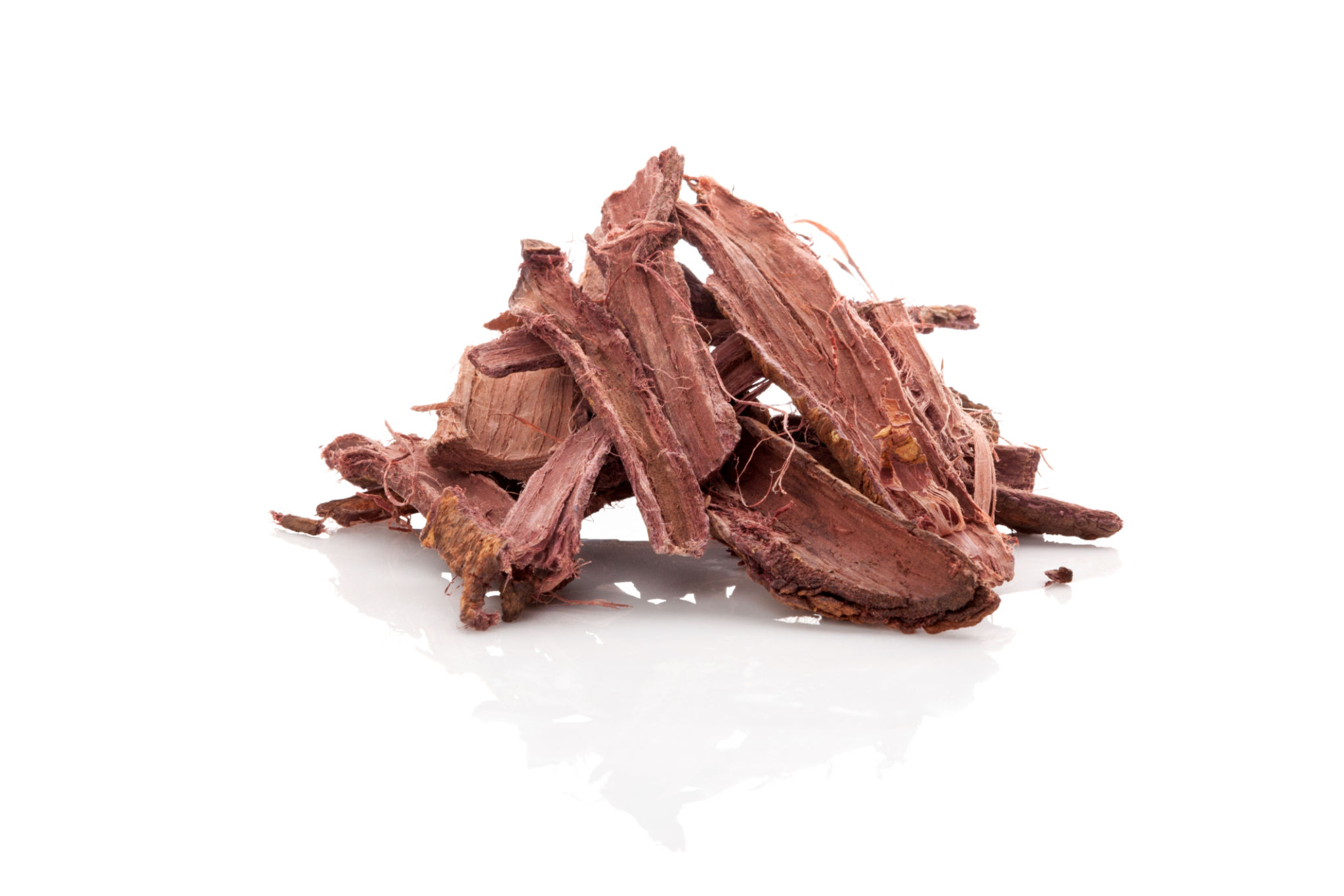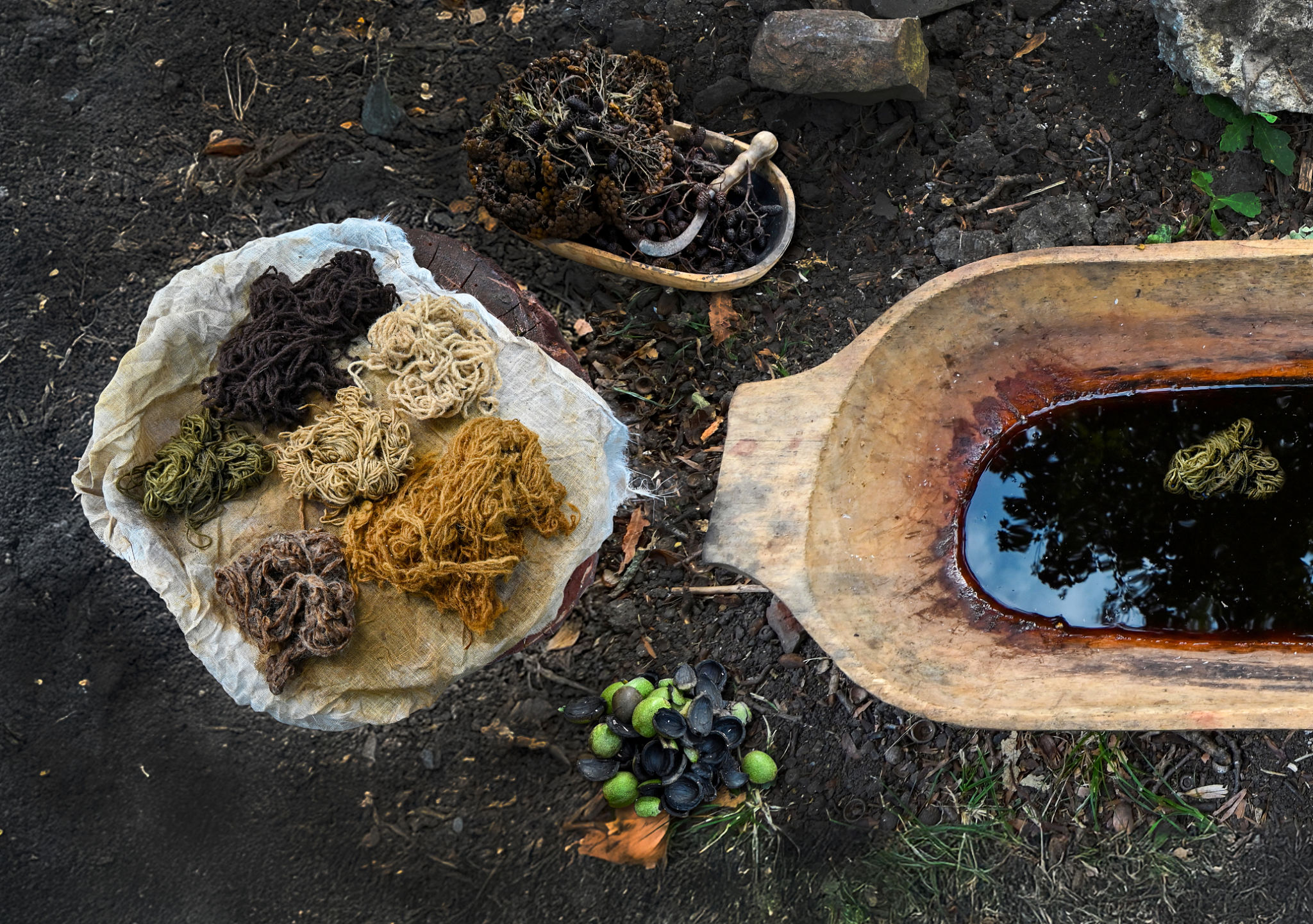DIY: Creating Natural Dyes with Mimosa Hostilis Bark at Home
Introduction to Natural Dyes
Creating natural dyes at home is a rewarding and eco-friendly way to bring color into your life. One of the most versatile and vibrant sources for natural dye is the bark of the Mimosa Hostilis tree. This tree, native to Brazil, is renowned for its deep, rich hues, particularly the shades of purple and pink it can produce.

Why Choose Mimosa Hostilis Bark?
Mimosa Hostilis bark is not only valued for its color but also for its ease of use and sustainability. Unlike synthetic dyes, which can be harmful to the environment, Mimosa Hostilis offers a natural alternative that is biodegradable and non-toxic. Additionally, it has been used traditionally in various cultures for textile dyeing and other purposes, making it a choice rooted in history.
Gathering Your Materials
Before you begin the dyeing process, you'll need to gather a few essential materials. Here's a list to get you started:
- Mimosa Hostilis bark powder
- A large pot for boiling
- Water
- A strainer or cheesecloth
- Fabric or yarn you wish to dye
- Optional: Mordant (such as alum) to help set the dye
Preparing the Dye
Once you've gathered your materials, it's time to prepare the dye. Follow these steps for a successful dye extraction:
- Fill your pot with water and add the Mimosa Hostilis bark powder. Use about 100 grams of powder for every liter of water.
- Bring the mixture to a boil, then reduce the heat and let it simmer for at least an hour. This will help extract the vibrant pigments from the bark.
- After simmering, strain the liquid through a strainer or cheesecloth to remove any solid particles.

Dyeing Your Fabric
With your dye prepared, you're ready to transform your fabric or yarn. Here’s how:
- If you're using a mordant, soak your fabric in a mordant solution before dyeing. This helps the dye bond better with the fibers.
- Place your fabric in the pot of prepared dye. Make sure it's fully submerged.
- Simmer gently for about an hour, stirring occasionally to ensure even coloring.
- Once you've achieved your desired color, remove the fabric and rinse it in cold water until the water runs clear.
Caring for Naturally Dyed Fabrics
To maintain the vibrancy of your naturally dyed fabrics, proper care is essential. Wash them separately in cold water using a gentle detergent. Avoid direct sunlight when drying, as prolonged exposure can cause fading.

Exploring Color Variations
Mimosa Hostilis bark isn't limited to just one shade. By experimenting with different mordants and dyeing times, you can achieve a variety of colors from soft pastels to intense hues. Adding other natural ingredients like vinegar or salt can also influence the final result, offering endless possibilities for creativity.
Conclusion: Embrace Natural Dyeing
Dyeing with Mimosa Hostilis bark is not only an enjoyable DIY project but also a step towards more sustainable living. By choosing natural dyes, you contribute to reducing environmental impact while adding a personal touch to your textiles. Embrace this traditional art form and discover the beauty of nature's palette.